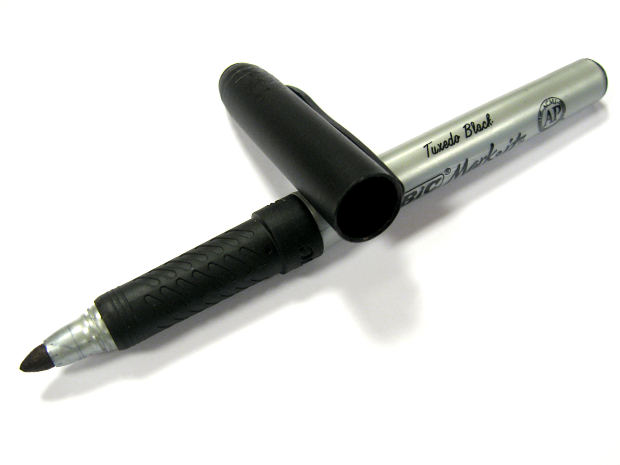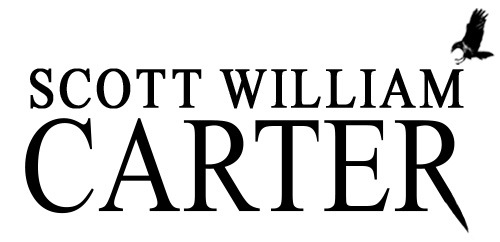That’s if you trust the Bureau of Labor Statistics, with its terrific CPI Inflation Calculator, which lets you enter an amount going all the way back to 1913, and, with the click of a button, see what the inflation-adjusted price would be today — or another year.
I checked this site in response to David Gaughran’s blog post, “The Great E-book Pricing Question,” where he makes a number of interesting points:
There’s more guff written about pricing than almost anything else, resulting in an extremely confusing situation for new self-publishers. I often see them pricing too low or too high, and the decision is rarely made the right way, i.e. ascertaining their goals and pricing accordingly … [Read the rest at Let’s Get Visible.]
I think David glosses over the mountains of research that do show that price affects the perception of value, not to mention the side benefit of being able to run sale prices at steeper discounts, which often has more positive results (Bookbub.com has a nice post on this), but that aside, his overall point is valid — that indie publishers can cry all they want that their books should be worth more than a cup of coffee, but what the writer wants, and what the market will bear, are not the same thing.
Amazon lists most of their genre fiction ebooks at $4.99, with backlist often at $3.99. Is this the correct price? Four years after publication, Simon and Schuster still sells the ebook edition of my first novel for $11.76, a price I think is insane, but who knows, perhaps they’re onto something. My sharp friends Kristine Kathryn Rusch and Dean Wesley Smith generally advocate pricing a little higher than most indie authors, and they have valid reasoning behind their approach, especially when you consider they have started a traditional publishing company, albeit one that’s smartly taking advantage of all the new technologies. And of course there are loads of writers, like Joe Konrath, who happily price at $2.99 or $3.99 and are doing very well. Who’s correct?
No one, at least as far as I’m concerned. Or everyone. With ebooks, price can’t primarily be about supply and demand, because supply is infinite, but it is affected by not only what consumers are willing to pay, but also by your goals as a publisher. There is no correct price for all ebooks.
Now, that said, where do I come down? I think Amazon is probably onto something, but even they, with their mountains of proprietary data on their own customer’s buying habits, which you would think would give them an enormous advantage, currently only have five out of the top twenty books on their own Kindle bestseller list. A twenty-five percent hit rate is pretty good, but that’s their own bestseller list on their own site for a product they created! (And look at how prices are all over the map on that list; that alone should tell you something.) Still, I think ebooks are closer in parallel to movie rentals, and no one says that a .99 movie rental at your local Redbox is somehow devaluing the movie. Louis CK now sells his comedy specials direct to his fans for $4.99, and he’s made millions doing so. It’s a pretty safe bet that his fans don’t think he’s devaluing his work, but instead think they’re getting a good deal. That’s what I think, anyway, and I’m one of them.
What’s wrong with giving people a good deal?
Which brings me back to the title of this blog post. When the paperback novel was released in Britain, and here in America, it was just as much a gamechanger as the ebook. That’s why the arguments about cheap book prices devaluing literature sound so familiar. We’re just rehashing the same argument that was had about paperbacks. “My books are certainly worth more than a Big Mac at McDonalds!” the writer claims. Well, that certainly may be true to that writer, but who cares? The average price of a Big Mac in America in January 2014 was $4.64, which is pretty close to where Amazon prices their genre ebooks, and most writers would be happy to move as many ebooks as McDonalds moves Big Macs. Pocket Books priced paperbacks in the forties and early fifties at 25 cents and sold millions — a price that would be the equivalent of just under $3 today. Boy, did some folks howl about how books priced so low couldn’t be “real books,” just as the reincarnated literati, like zombies who eat books instead of brains, say the same thing today.
The Pocket Books strategy sounds pretty familiar to indie authors — try to sell books outside the traditional distribution channels. Today’s indie author is following a similar model by selling outside traditional publishers altogether. If you dig even deeper into history, though, you’ll see that even Pocket Books, which only wanted to focus on reprints in the beginning, did its part to safeguard the status quo:
“Successful authors are not interested in original publishing at 25 cents,” Freeman Lewis, executive vice-president of Pocket Books said. Hardcover publisher Doubleday’s LeBaron R. Barker claimed that the concept could “undermine the whole structure of publishing.” Hardcover publishers, of course, had a vested interest in maintaining the status quo. They were still receiving 50 percent of the royalties by selling reprint rights.
Fawcett silenced the skeptics by selling more than nine million copies within six months. Authors did the math, and writers of genre fiction—thrillers, Westerns, and romance especially—jumped at the opportunity to write paperback originals. Still, “serious” literary writers insisted on staying in the hardcover market for the prestige, and critics in turn declined to review paperback originals. Clearly, the stigma was still there … [Read the rest at the Smithsonianmag.com]
Sound familiar? There are lots of authors who refuse to self-publish because of perceived stigma, just as there are lots of authors who do self-publish but refuse to price their ebooks too low for the same reason.
As I said, I don’t think anybody is right here, just people with different goals and different biases, but studying the rise of paperback prices over the years (Mike Shatzkin has a nice older post on this that’s worth reading), it’s obvious that the cost of an average paperback rose much faster than inflation. This might have more to do with changes in the distribution system than publisher greed, but whatever the cause, all we’re seeing now is a return to a time when cheap books brought in waves of new readers, turning what used to be an activity of a tiny “educated” minority into something the masses could enjoy.
And it looks like cheap ebooks are doing the same. What could be wrong with that?
——
If you enjoyed this post, consider buying one of my own ebooks, most of which are currently priced at $4.99. That’s a little more than a Big Mac, but not by much.
 Brainpickings.org has a great post today on creativity, focused on Jerome Bruner’s book, “On Knowing: Essays for the Left Hand,” but loaded with musings from Mark Twain, Henry Miller, Carl Jung, Alexander Graham Bell, and Leo Tolstoy, among others, with lots of follow-up links if you want to read further. At the heart of Bruner’s analysis is this simple sentence:
Brainpickings.org has a great post today on creativity, focused on Jerome Bruner’s book, “On Knowing: Essays for the Left Hand,” but loaded with musings from Mark Twain, Henry Miller, Carl Jung, Alexander Graham Bell, and Leo Tolstoy, among others, with lots of follow-up links if you want to read further. At the heart of Bruner’s analysis is this simple sentence: